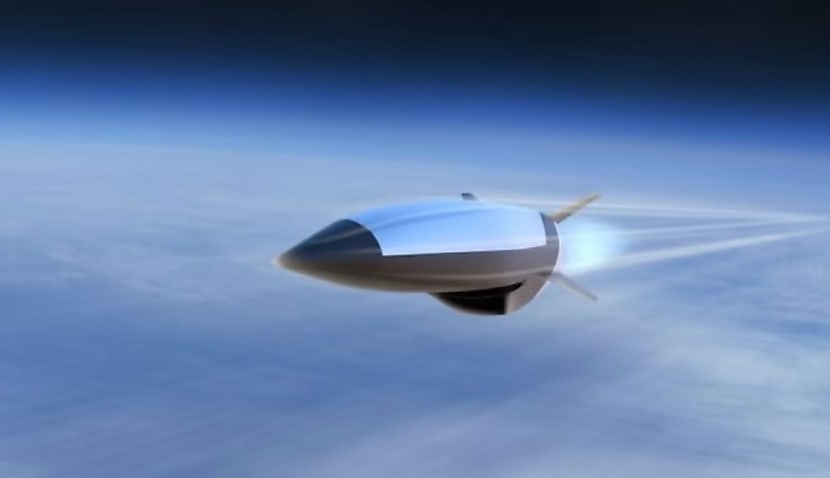L3Harris, Lockheed Martin, and Sierra will each build and operate 54 satellites equipped with infrared sensors capable of monitoring the weapons in all phases of their flight – and then guiding missiles to shoot them down.
While hypersonic tech – defined as flying at least five times the speed of sound – is nothing new, countries are currently in an arms race to develop the next generation of missiles that are so manoeuvrable in mid-air that they can’t be intercepted or detected.
The projectiles can do this by changing directions sharply in a tiny package, effectively twisting and turning like a fighter pilot.
Because their flight paths change as they travel and operate in a sweet spot in the sky lower than ballistics, they can’t be tracked, making them effectively invisible.
New space-based technologies, though, open up new defences.
The new detection project is being overseen by the Space Development Agency (SDA), a US Space Force direct-reporting unit tasked with creating and sustaining space capabilities, including those that can detect threats.
The contracts – worth $919 million to L3Harris, $890 million to Lockheed Martin, and $740 million to Sierra Space – will see each vendor provide 16 satellites equipped with a wide field of view sensor to detect the threat in the air and two smaller satellites able to guide interceptor missiles.
“As missile threats increase from around the world, we fully support the proliferated space architecture the SDA is building to protect for our nation and allies,” said Michael Corriea, vice-president of warning programs at Lockheed Martin Space.
“We’ve made a significant investment in digital and production technologies, and with our experience supporting SDA spacecraft, we’re looking forward to delivering the next level of capability.”
The news comes after Space Connect last month reported how the AUKUS defence coalition would build three new radars to track dangerous objects in deep space, including one in Exmouth, Western Australia.
The new space domain awareness capability, planned to be operational in 2026, will complement new systems built in both the US and the UK.
It’s hoped the three will together provide 24-hour global and all-weather coverage that’s difficult to obtain with existing technology.
Defence Minister Richard Marles made the announcement with his counterparts, the UK’s Secretary of State for Defence, Grant Shapps, and the US Secretary of Defense, Lloyd Austin.
The new Deep Space Advanced Radar Capability is partly funded by the US Space Force and is currently being developed by Northrop Grumman.

Adam Thorn
Adam is a journalist who has worked for more than 40 prestigious media brands in the UK and Australia. Since 2005, his varied career has included stints as a reporter, copy editor, feature writer and editor for publications as diverse as Fleet Street newspaper The Sunday Times, fashion bible Jones, media and marketing website Mumbrella as well as lifestyle magazines such as GQ, Woman’s Weekly, Men’s Health and Loaded. He joined Momentum Media in early 2020 and currently writes for Australian Aviation and World of Aviation.

